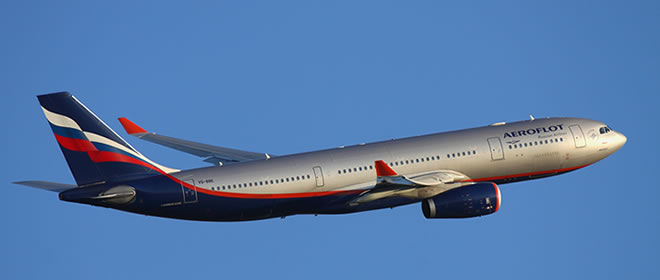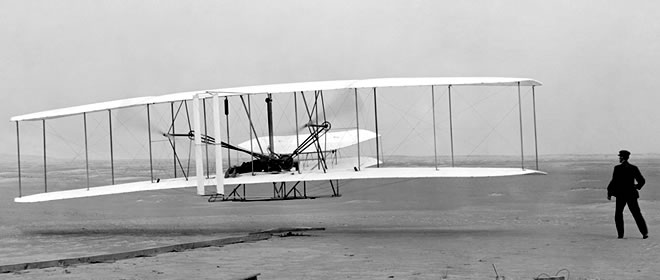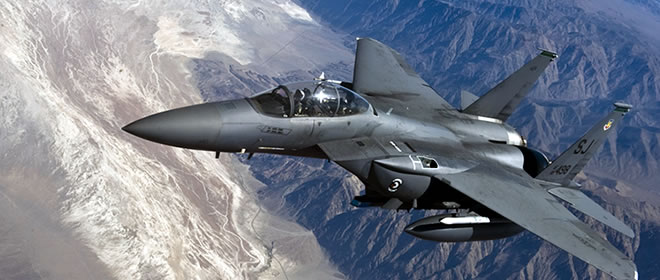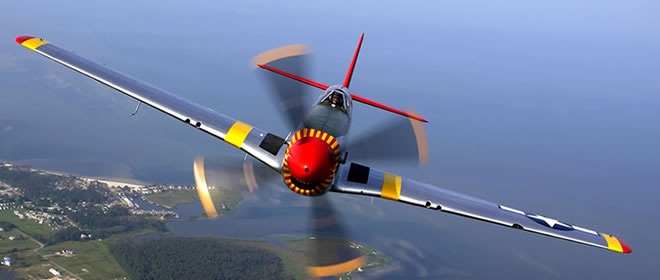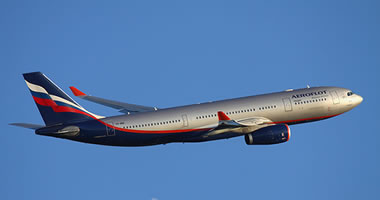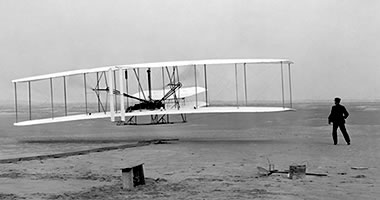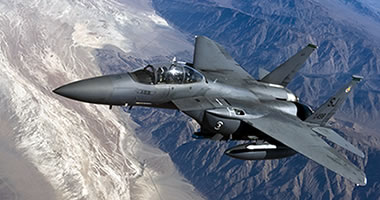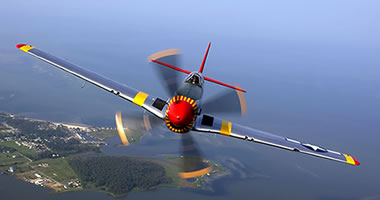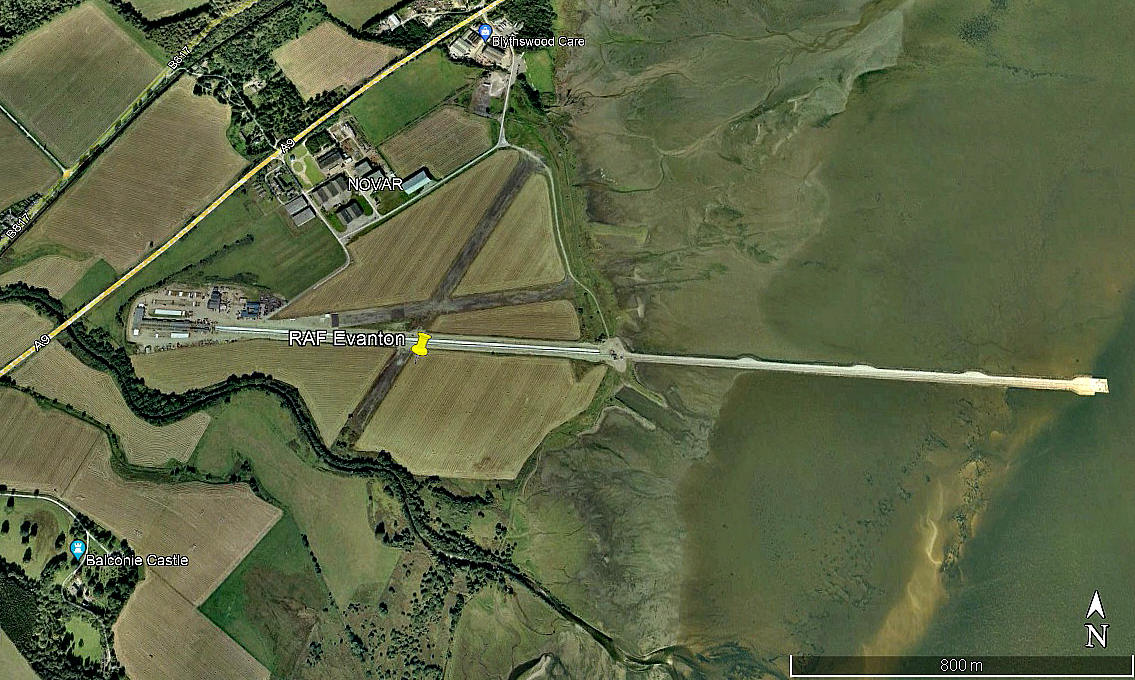Evanton
EVANTON: Military aerodrome, Royal Naval Air Station (HMS FIELDFARE)
Note: The first two pictures were obtained from Google Earth ©. The local area view is from my Google Earth © derived database.
Military users: WW2: RN Reserve aircraft storage
RAF Armament Training School
Bomber Command
106 Sqdn (Avro Ansons & Handley Page Hampdens)
207 Sqdn (Avro Lancasters - but just possibly Avro Manchesters initially?)
Location: ENE of Evanton, SE of A9 trunk road, 6nm NE of Dingwall
Period of operation: 1937 to 1947
Runways: WW2: 04/22 1127x46 hard 09/27 887x46 hard
A map published in Airfield Review April 2004, presumably of EVANTON at a later period shows slight differences to the runway dimensions. According to this map these are:
09/27 914m long and 04/22 1143m long
NOTES: In the 1939 Reading Aero Club airfield guide this is referred to as EVANTON (NOVAR) but, it was listed as being a civil aerodrome so, was it actually this aerodrome? It seems unlikely there were two aerodromes in this pretty remote location but do you know better?
A GOOD YARN
In his book The Urge To Fly Don Robertson tells quite a tale regarding being one of three pilots detailed to fly three Blackburn Skua’s to EVANTON in 1940. Due to bad weather it took them three days, as they could only fly VFR. In those days few if any Naval aircraft had radio navigation aids, and indeed, it seems the aerodromes didn’t have them either.
He has this to say: “Delivery of aircraft was, in the early days of the war, a very haphazard business with no pre-flight planning, no weather report and no radio; only a signal from the watch officer to the intended destination to notify the departure time. The number of accidents was staggering until the Air Transport Auxiliary pilots took over.”
This certainly speaks volumes regarding the hopeless level of navigation training being given to Naval aircrew, and indeed, the equally hopeless procedures in place. All aerodromes had telephones, so just how difficult was it to obtain weather reports and forecasts, (which are best based on local knowledge in my experience), from en route aerodromes?
Of course, on any VFR flight bad weather can be encountered between widely spaced en route aerodromes, but at least you can get an overall picture of likely conditions.
ANOTHER STORY
In 2023 another story emerged. It appears that the largest aircraft to land here was during WW2, this being the USAAF Boeing B-17 Flying Fortress, 42-31919. After being ferried across the north Atlantic, the original destination was PRESTWICK, but 'difficult weather' caused the crew to divert - ending up here - some 150 miles to the north.
The tale tells that due to the short runways, not designed to be used by large bombers, an accelerated stop resulted in two blown tyres. I would maintain that it should be no problem landing a lightly laden B-17 on a 1100+ metre runway. But, no doubt very fatigued, heightened by the considerable anxiety of having to find somewhere to land, the crew misjudged their approach.
Anyway, whilst making repairs, the RAF groundcrew decided to paint a lady on the nose of the B-17, and christened her 'Evanton Babe'.
We'd love to hear from you, so please scroll down to leave a comment!
Leave a comment ...
Copyright (c) UK Airfield Guide
